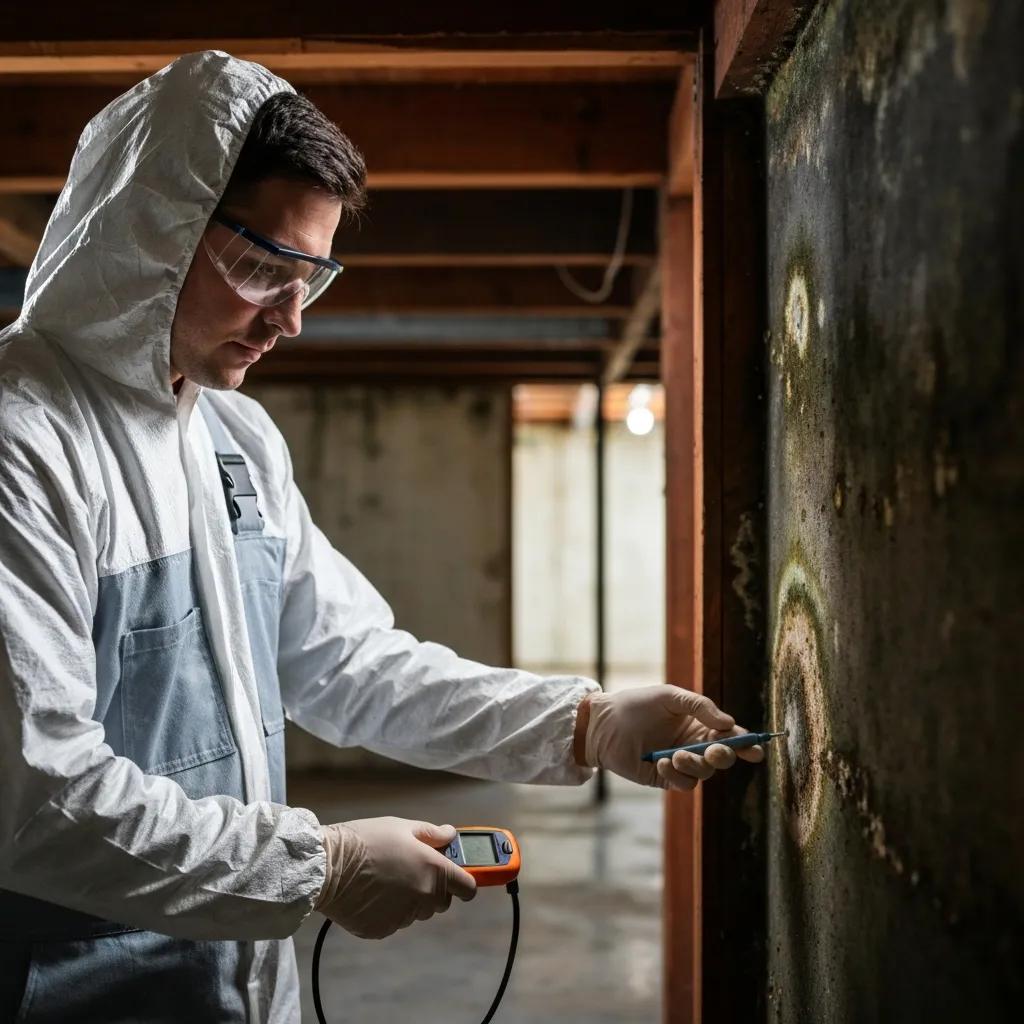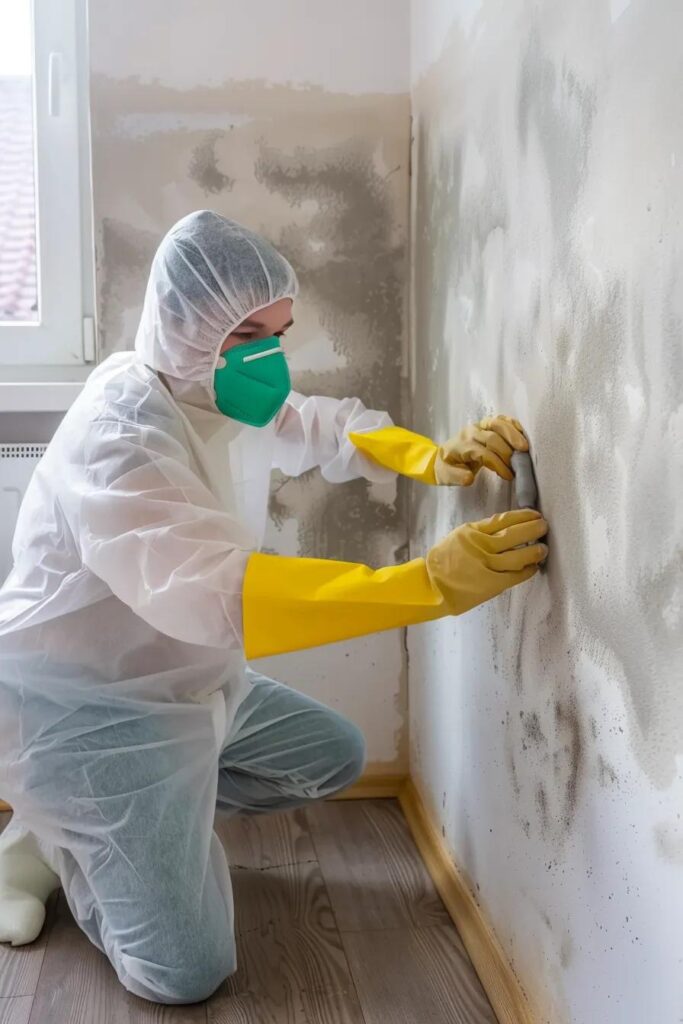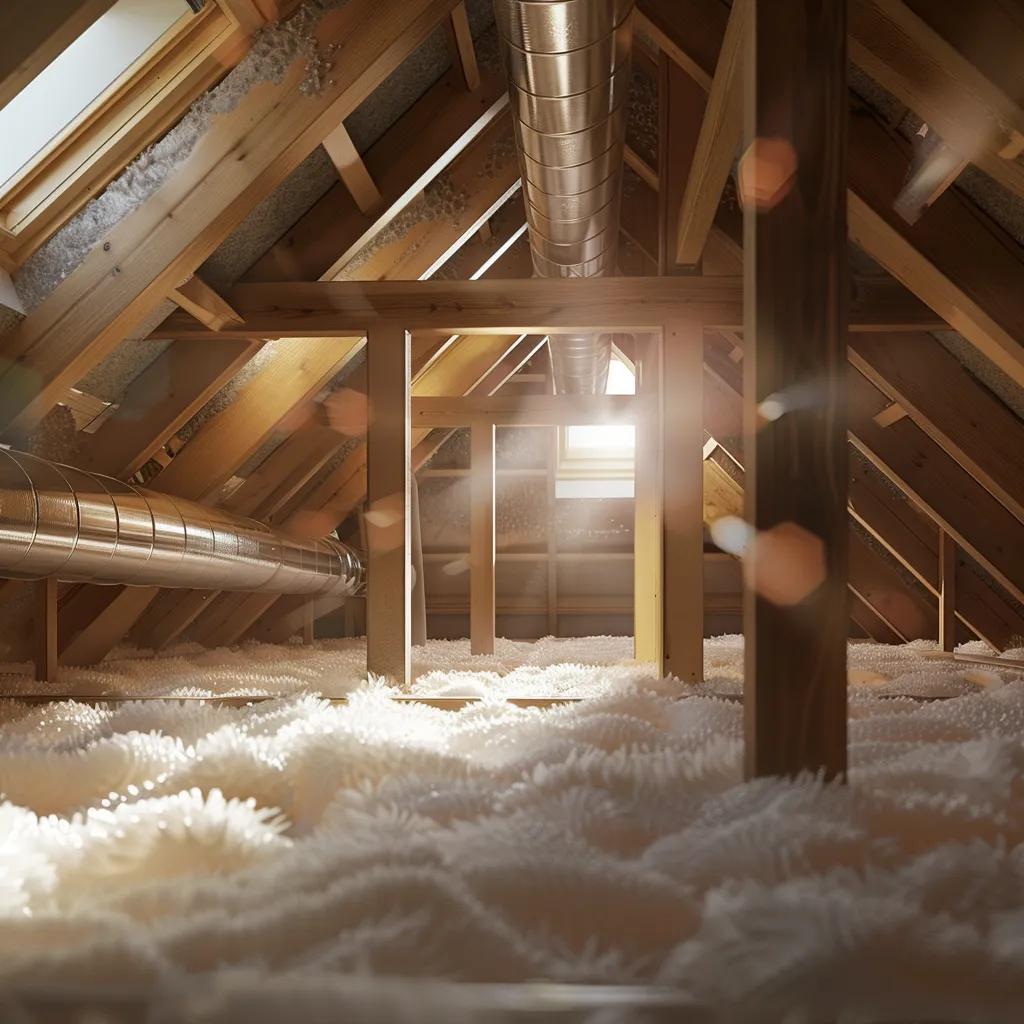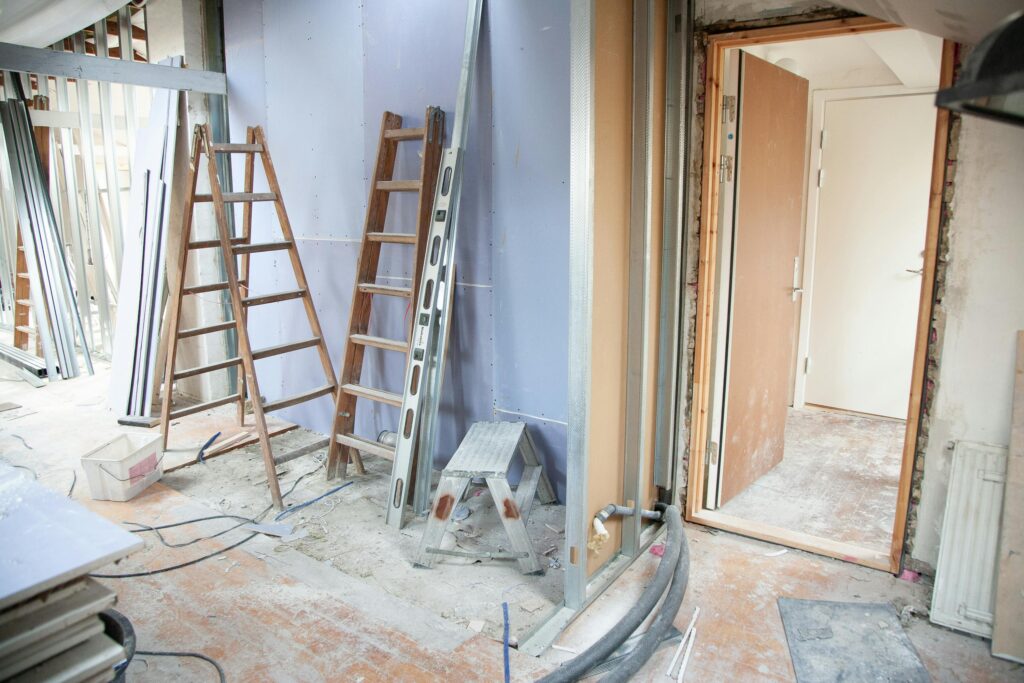
10 Important Questions to Ask Your Mold Removal Service Before You Hire — for Safe, Lasting Mold Removal Professional mold removal finds, removes, and stops mold from returning, keeping homes and businesses safe. Asking the right questions before hiring a mold removal service helps avoid bad jobs, hidden costs, and mold coming back. This guide […]

Flood damage can arrive in minutes and leave costly, hazardous problems behind — from weakened structures and live electrical risks to fast-moving mold growth. That’s why a quick, professional restoration response matters: it limits loss, protects health, and reduces long-term repair bills. This guide lays out what flood damage looks like, why the type of water changes your cleanup plan, and how a step-by-step emergency water damage restoration workflow — assessment, extraction, drying, remediation, and repair — helps you recover sooner. You’ll learn how mold remediation works after flooding, which storm repairs stabilize your property, and practical prevention and insurance-documentation tips that speed recovery. We focus on causes common to Middle Tennessee, clear emergency actions you can take, how to spot mold, and prevention tactics that reduce future risk.

Comprehensive Guide to Apartment Mold Removal and Remediation Services Removing mold from apartment buildings requires professional care to keep residents safe and protect property value. This guide explains how to spot common mold types, who is responsible for cleanup, and what the professional remediation process looks like. It also covers prevention strategies, testing and inspection […]

The Silent Threat Above: Your Complete Guide to Eradicating Attic Mold and Reclaiming a Healthy Home Imagine a hidden enemy silently eroding your home’s integrity and compromising your family’s health. That’s the reality of a mold infestation lurking in your attic. It degrades air quality, threatens structural stability, and can trigger or worsen respiratory issues […]

Do you know if a water leak is causing mold? A hidden water leak can spur mold growth within 24–48 hours, compromising indoor air quality and structural integrity. Recognizing early warning signs..

When unexpected water damage hits your home, acting fast is crucial. A burst pipe, flood, or leaking appliance can cause a lot of damage. The cleanup and restoration can feel overwhelming, especially with insurance companies involved. One common question homeowners have is whether they must use their insurance company’s preferred vendor for water damage repair
Understanding Mold: Types and Characteristics
Mold is a type of fungus that thrives in damp, warm environments. Understanding the different types of mold commonly found in homes, such as Aspergillus, Cladosporium, and Stachybotrys, can help homeowners identify potential issues early. Each type of mold has distinct characteristics and can pose various health risks, making it essential to recognize them.
For instance, Stachybotrys, often referred to as "black mold," is notorious for its toxic properties and can lead to severe health issues if not addressed promptly. Homeowners should be aware of the common signs of mold growth, including discoloration on walls and ceilings, musty odors, and increased allergy symptoms among family members.
Effective Mold Prevention Strategies
Preventing mold growth in your home begins with controlling moisture levels. Homeowners can implement several strategies, such as using dehumidifiers, ensuring proper ventilation in bathrooms and kitchens, and fixing leaks promptly. Regularly inspecting areas prone to dampness, like basements and attics, can also help in early detection.
In addition to these proactive measures, maintaining a clean home environment is crucial. Regular cleaning, especially in areas like bathrooms and kitchens, can prevent mold spores from taking hold. Using mold-resistant products during renovations can also provide an added layer of protection against future mold issues.
Steps for Safe Mold Remediation
When mold is discovered, taking immediate action is vital to prevent further damage and health risks. The first step in safe mold remediation is to identify and eliminate the source of moisture that is promoting mold growth. This may involve repairing leaks, improving drainage, or increasing ventilation.
After addressing the moisture issue, it is essential to contain the mold to prevent it from spreading. Homeowners can use plastic sheeting to seal off affected areas and should wear protective gear, such as masks and gloves, when cleaning. For extensive mold infestations, it is advisable to hire a professional remediation service to ensure safe and thorough removal.
Mold and Its Impact on Indoor Air Quality
Mold can significantly affect indoor air quality, leading to various health issues, particularly for individuals with respiratory conditions. When mold spores become airborne, they can be inhaled, potentially causing allergic reactions, asthma attacks, and other respiratory problems. Understanding the relationship between mold and indoor air quality is crucial for maintaining a healthy living environment.
Understanding Mold: Types and Characteristics
Mold is a type of fungus that thrives in damp, warm environments. Understanding the different types of mold commonly found in homes, such as Aspergillus, Cladosporium, and Stachybotrys, can help homeowners identify potential issues early. Each type of mold has distinct characteristics and can pose various health risks, making it essential to recognize them.
For instance, Stachybotrys, often referred to as "black mold," is notorious for its toxic properties and can lead to severe health issues if not addressed promptly. Homeowners should be aware of the common signs of mold growth, including discoloration on walls and ceilings, musty odors, and increased allergy symptoms among family members.
Effective Mold Prevention Strategies
Preventing mold growth in your home begins with controlling moisture levels. Homeowners can implement several strategies, such as using dehumidifiers, ensuring proper ventilation in bathrooms and kitchens, and fixing leaks promptly. Regularly inspecting areas prone to dampness, like basements and attics, can also help in early detection.
In addition to these proactive measures, maintaining a clean home environment is crucial. Regular cleaning, especially in areas like bathrooms and kitchens, can prevent mold spores from taking hold. Using mold-resistant products during renovations can also provide an added layer of protection against future mold issues.
Steps for Safe Mold Remediation
When mold is discovered, taking immediate action is vital to prevent further damage and health risks. The first step in safe mold remediation is to identify and eliminate the source of moisture that is promoting mold growth. This may involve repairing leaks, improving drainage, or increasing ventilation.
After addressing the moisture issue, it is essential to contain the mold to prevent it from spreading. Homeowners can use plastic sheeting to seal off affected areas and should wear protective gear, such as masks and gloves, when cleaning. For extensive mold infestations, it is advisable to hire a professional remediation service to ensure safe and thorough removal.
Mold and Its Impact on Indoor Air Quality
Mold can significantly affect indoor air quality, leading to various health issues, particularly for individuals with respiratory conditions. When mold spores become airborne, they can be inhaled, potentially causing allergic reactions, asthma attacks, and other respiratory problems. Understanding the relationship between mold and indoor air quality is crucial for maintaining a healthy living environment.






